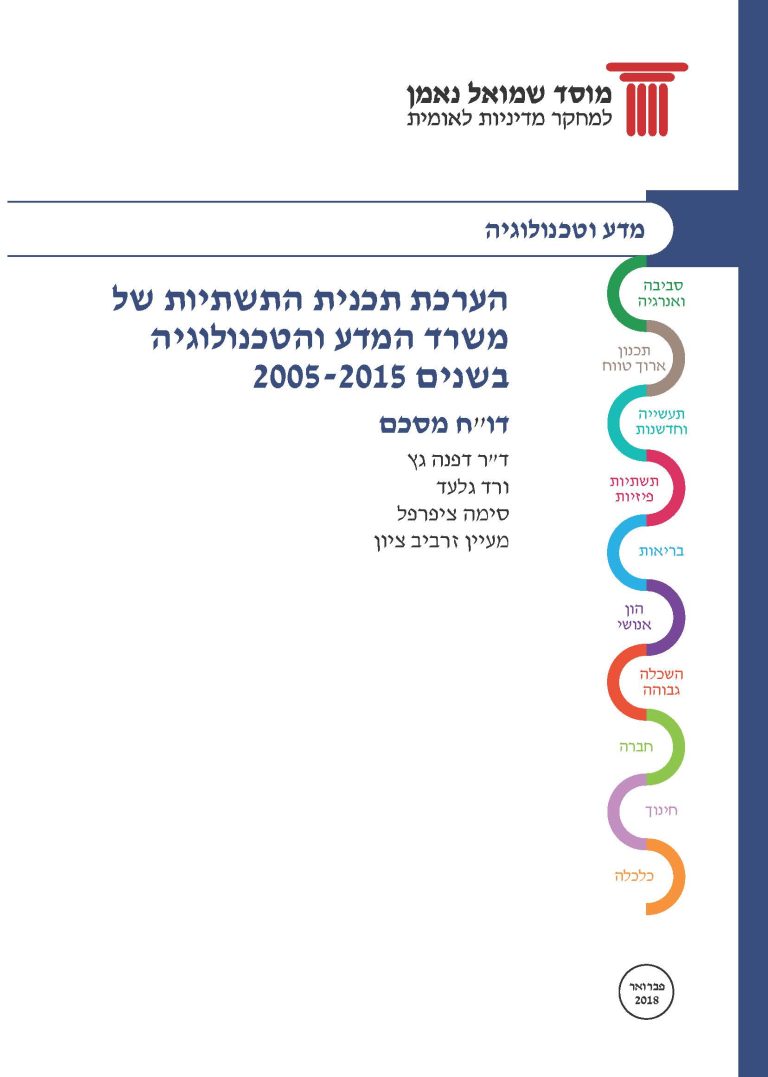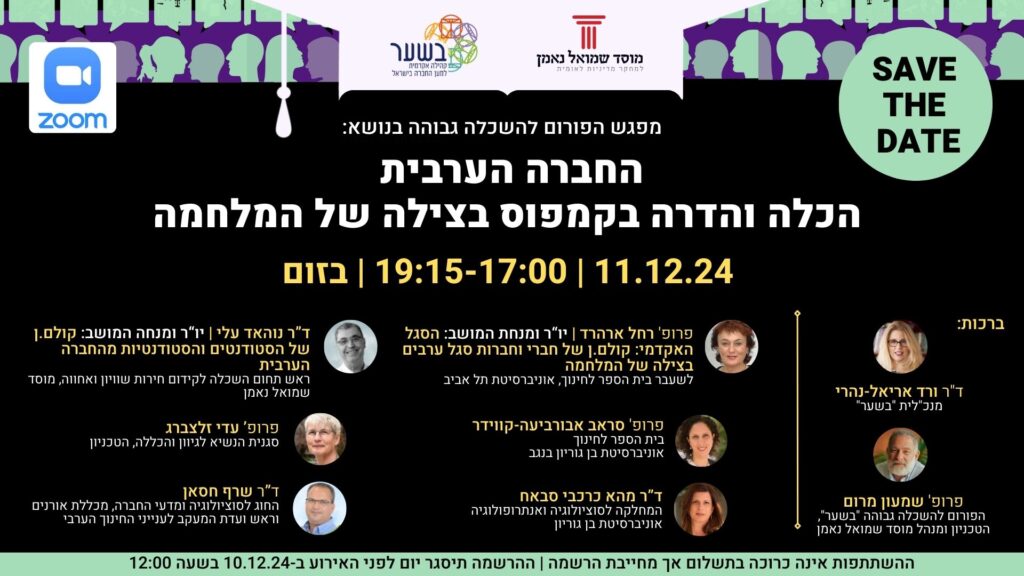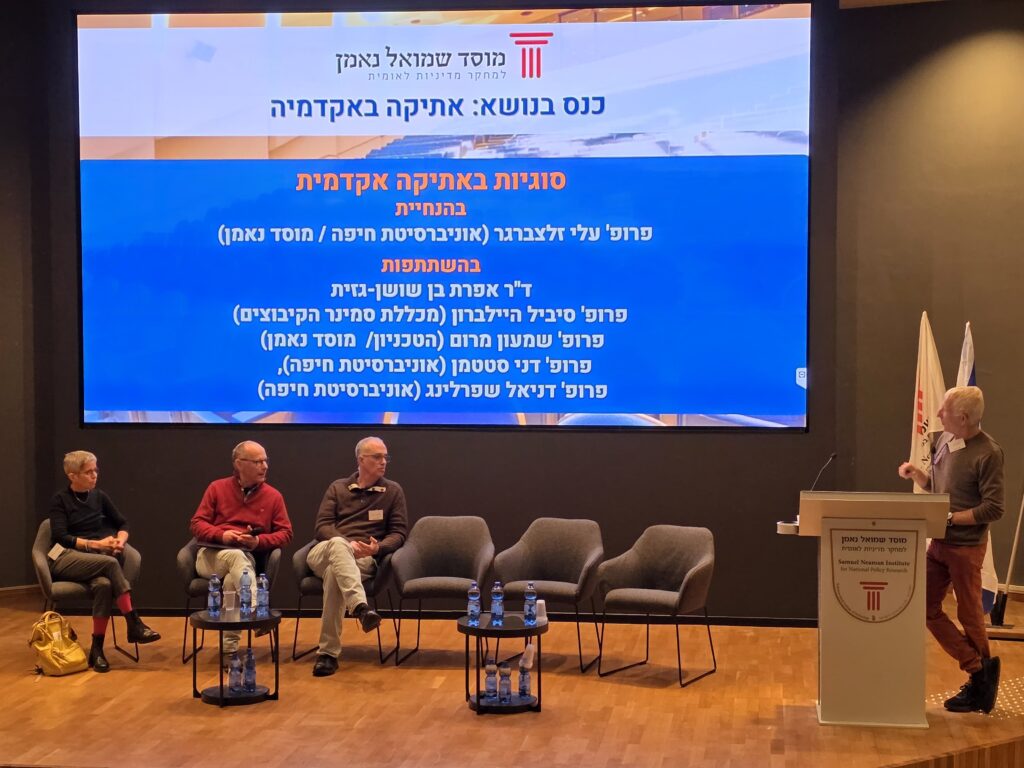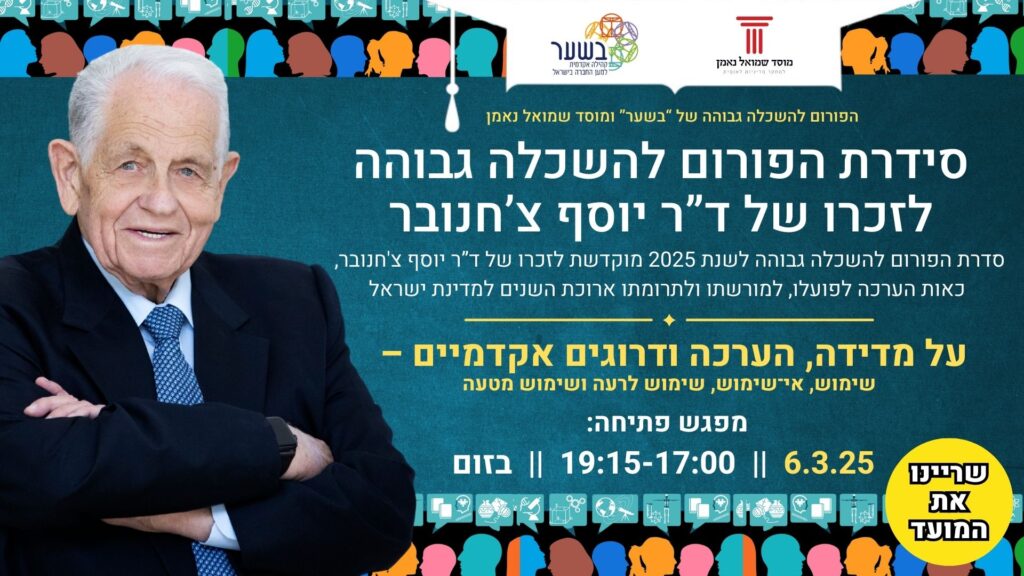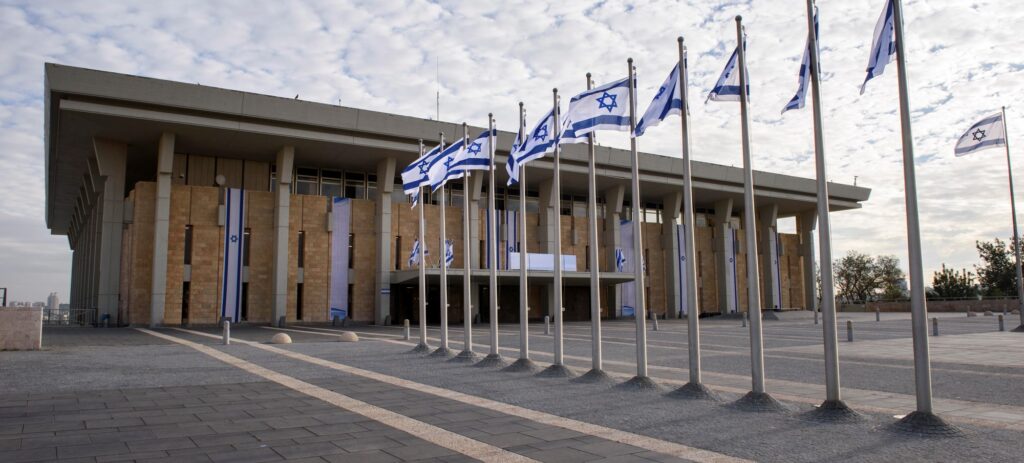תכנית התשתיות המדעיות של משרד המדע והטכנולוגיה פועלת החל משנת 1995 במטרה להוות חוליה מקשרת בין המחקר הבסיסי האקדמי לבין הפיתוח היישומי, ולצמצם את זמן ההבשלה של רעיונות טכנולוגיים שיש להם פוטנציאל יישומי.
התכנית מעניקה מענקי מחקר בשלב שבו קשה לחוקרים להשיג מימון למחקריהם מתכניות אחרות. בין המחקר האקדמי הבסיסי שנתמך ע”י ות”ת והקרן הלאומית למדע לבין התכניות של הרשות לחדשנות.
מוסד שמואל נאמן ביצע במהלך השנים שלוש הערכות של מחקרים ומרכזי ידע שבוצעו במסגרת תכנית התשתיות בשנים 2005, 2012 והמחקר הנוכחי ב-2017. מטרת המחקרים הייתה להעריך את ההשפעות
קצרות וארוכות הטווח של מחקרים ומרכזי ידע, שקיבלו מימון ממשרד המדע והטכנולוגיה במסגרת התכנית.
במחקר הנוכחי התבקשנו להתמקד בשנים 2005-2015. אוכלוסיית המחקר כללה 827 חוקרים שהשתתפו ב-287 מחקרים ו- 25 מרכזי ידע שהוקמו במסגרת התכנית. איסוף הנתונים כלל שאלון הערכה וראיונות אישיים עם המנהלים המדעיים ועם חוקרים שביצעו מחקרים והקימו מרכזי ידע במסגרת התכנית. התקבל שיעור מענה של 79% למחקרים (של לפחות חוקר אחד למחקר).
ב-74% מהמחקרים החוקרים המשיכו במחקר לאחר סיום השתתפותם בתכנית. כמחצית מהמחקרים שהמשיכו היו בתחומי מדעי החיים והרפואה ומדעי הרוח והחברה. כמחצית מהחוקרים דיווחו שהתכנית היוותה גורם מסייע לקבלת מענקים נוספים למחקר. התפוקה הגבוהה הייתה פרסום מאמרים מדעיים על תוצאות המחקר (65% מהמחקרים). תפוקות נוספות: פיתוח תשתית נוספת למעבדה (36%), הצגת תוצאות המחקר בכנסים (30%), יצירת דו-שיח עם התעשייה (30%) ושיפור של טכנולוגיות/מוצרים או שירותים (27%). ב-38 מחקרים הוגשה בקשה לרישום פטנט (17%), ב- 32 מהם נרשם פטנט. הוקמו 14 חברות, שלגביהן ניתן לומר שהמחקר במסגרת תכנית התשתיות תרם להקמתן. מספר היישומים הרב ביותר התקבל במחקרים בתחומים: אנרגיה, חומרים וננוטכנולוגיה, סייבר מידע ותקשוב ומדעי החיים והרפואה.
בשנים 2015-2002 הוקמו במסגרת תכנית התשתיות 25 מרכזי ידע. מענה לשאלון המחקר התקבל מ- 22 חוקרים שהשתתפו בהקמת 19 מרכזי ידע. מתוך 25 מרכזים, ידוע לנו שהפעילות ממשיכה ב-18 מהם. 4 הפסיקו את פעילותם בתום תקופת המימון.
התפוקות/התרומות של מרכזי הידע: פרסום מאמרים (13 מרכזי ידע, 68%), יצירה של ידע תשתיתי חדש (13, 68%), שיפור טכנולוגיות, מוצרים או שירותים (12, 63%), יישום מסחרי (9, 47%). הוקמה חברה שמתבססת על הפעילות של אחד ממרכזי הידע.
הדו”ח כולל המלצות לשיפור התכנית שהתקבלו מהחוקרים ומהמנהלים המדעיים.


